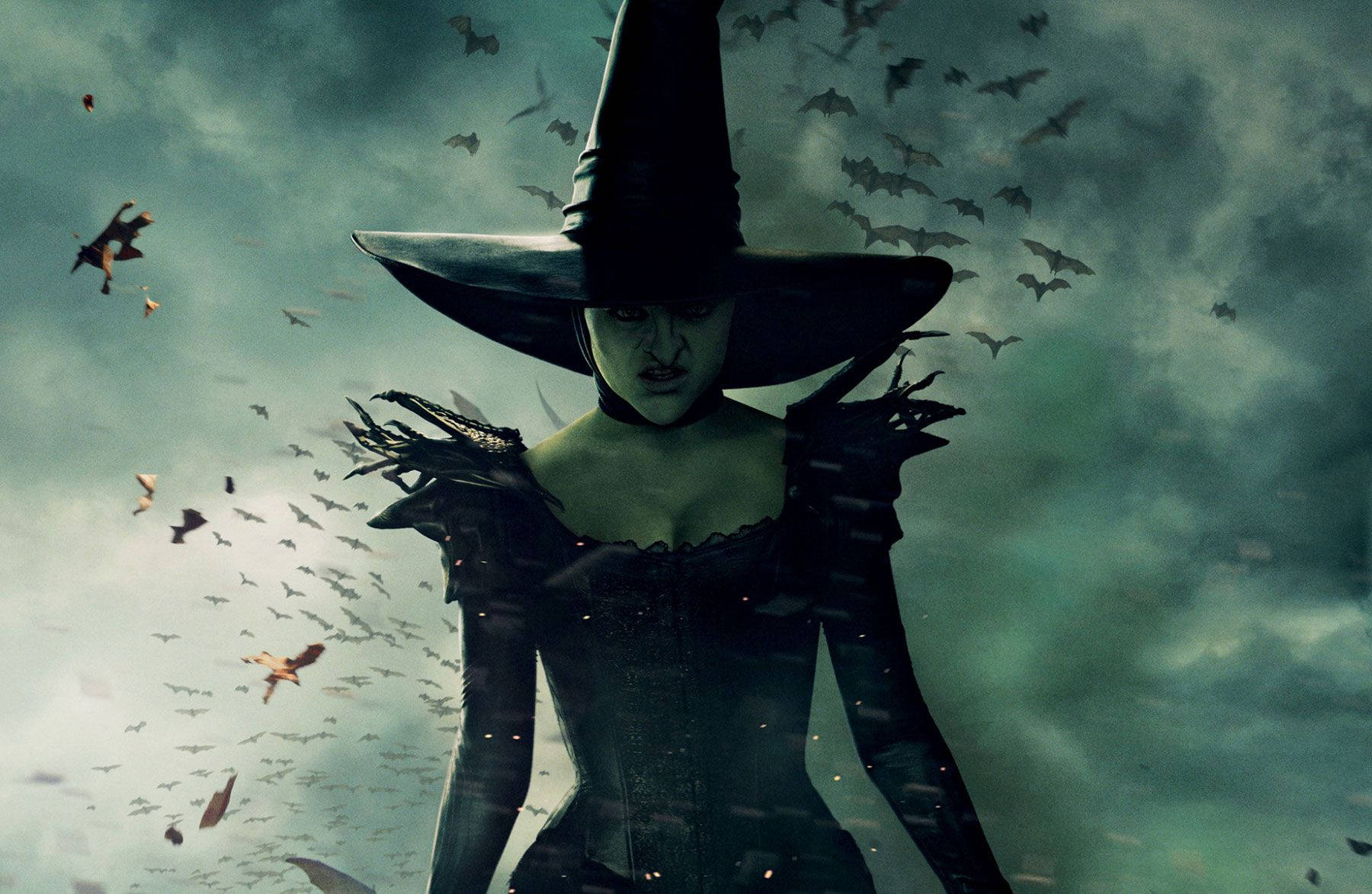
FAQ About Magic in the Middle Ages
Magic in the Middle Ages
2 years ago | gizem
How did the Church view magic during this period?
During the Middle Ages, the Church's view of magic was complex and evolved over time. The Church had a somewhat ambivalent stance on magic, as it attempted to reconcile its own teachings with the widespread belief in supernatural forces and practices. The Church's perspective on magic can be summarized as follows:
- Condemnation of Malevolent Magic: The Church strongly condemned practices that were perceived as harmful or malevolent, such as curses, hexes, and harmful spells. Such acts were considered sinful and associated with the devil and demonic forces. Individuals accused of practicing malevolent magic were often subject to severe punishment, including excommunication and, in some cases, execution.
- Distrust of Pagan Practices: The Church was wary of magical practices that had roots in pre-Christian and pagan traditions. It sought to suppress and eliminate remnants of pagan beliefs and practices, often branding them as superstitious and contrary to Christian teachings.
- Acceptance of Beneficial Magic: The Church acknowledged that certain practices classified as "white magic" or beneficial magic could be aligned with Christian values. This included healing prayers, blessings, and exorcisms performed by priests. As long as these practices were seen as invoking divine power for the greater good and did not involve sinful elements, they were generally accepted by the Church.
- Differentiating Miracles from Magic: The Church distinguished between miracles, which were considered acts of God or saints, and magic, which was seen as an attempt by humans to manipulate supernatural powers independently of God's will. While miracles were accepted as a manifestation of divine intervention, magical practices were viewed as unauthorized and potentially dangerous.
- Involvement of Clergy: Some members of the clergy were believed to possess knowledge of magic and used it for various purposes, including healing and divination. However, the Church's stance on this was inconsistent, and at times, clerics who engaged in magical practices could face disciplinary action.
- Ecclesiastical Regulation: The Church attempted to regulate magical practices and distinguish between licit and illicit forms of magic. For example, the Fourth Lateran Council in 1215 condemned divination and magical practices associated with demonic invocation.
- Witch Hunts and Inquisition: As the Late Middle Ages progressed, fear of malevolent magic and witchcraft intensified. The Church, in conjunction with secular authorities, played a central role in the persecution and prosecution of alleged witches during the witch hunts of the 15th to 17th centuries.
